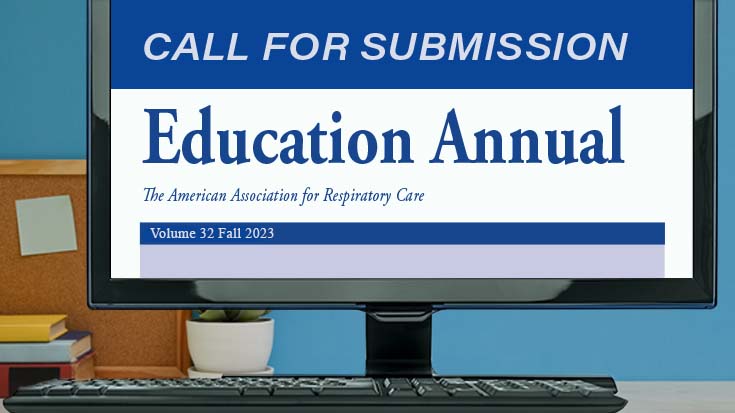
Lung Disease in Smokers May Defy Diagnosis
Just because a long-time smoker doesn’t have COPD, doesn’t mean they don’t have a chronic lung disease, find researchers from the University of California, San Francisco who analyzed data on people taking part in the SPIROMICS study. The multicenter trial involved 1,379 people age 40 to 80 years old who had more than a 20-pack-year history of smoking, along with never-smoking controls without airflow obstruction.
All the participants underwent spirometry, the six-minute walk test, and CT scans at yearly checkups for three to four years. They were also assessed for respiratory symptoms. While spirometry revealed COPD in some of the study participants, others had normal spirometry, known as “preserved spirometry” or “TEPS,” despite having COPD symptoms.
Most of those with TEPS and tobacco exposure at the beginning of the trial continued to experience respiratory symptoms after more than five years of follow up, and they also had high rates of respiratory exacerbations and shortness of breath to the point where it interfered with their ability to remain active.
An increased incidence of COPD was not seen people with symptomatic TEPS compared to those with asymptomatic TEPS (about 30% for both groups). Nor did they have a faster rate of lung function decline over time. Those diagnosed with COPD did have a more rapid rate of FEV1 decline when compared to those with symptomatic TEPS.
Black individuals in the study were more likely to have symptomatic TEPS than white individuals and they also had an increased risk of progression to COPD, leading the authors to conclude more study is needed on the impact occupational and environmental exposures, socioeconomic status, and structural racism may be having on this population.
“These findings suggest that a large proportion of tobacco smoke-exposed persons without airflow obstruction have a persistent, symptomatic non-obstructive chronic airway disease that is distinct from COPD,” said SPIROMICS principal investigator Prescott Woodruff, MD, MPH. “Although tobacco-exposed persons with preserved spirometry are currently categorized as having pre-COPD by the COPD guidelines, the data from the current study emphasize that the definition of smoking-related lung disease needs to be broadened so new treatments can be developed.”
The study was published in JAMA. Read More

Delayed Care for Newborns with Positive CF Test Equals Delayed Growth
Researchers from Colorado and Illinois have found that too many infants who have a positive screening test for cystic fibrosis are not getting timely care for the disease.
The result: a poorer start in life and more CF symptoms over the long-run.
The investigators reached that conclusion after evaluating data from a national patient registry on newborn screening for CF. Results showed infants whose initial care at a CF center was delayed from ten days of life to 47 days of life were at greater risk for reduced weight-for-age through one year of age. They were at increased risk for reduced height-for-age through age five.
The authors note both of these factors play a role in determining later pulmonary function and overall survival in kids with CF.
Many of the infants who experienced delayed initial care had only one CF gene variant, which the authors believe may have erroneously led to the conclusion that their cases were not as urgent.
“Our previous work has demonstrated that, since CF newborn screening was implemented throughout the U.S., about one of every three babies with CF has their initial visit to a CF center after one month of age,” said study author Susanna McColley, MD, from Ann & Robert H. Lurie Children’s Hospital of Chicago. “These findings give further evidence that adherence to published guidelines, which call for diagnosis and treatment by 28 days of age, is important to give each baby with CF the chance of the healthiest possible start.”
The study was funded by the Cystic Fibrosis Foundation and published by the Journal of Pediatrics. Read More

New Test for Eosinophils in Development
Canadian investigators have discovered a technique they believe can be used to develop a simple and rapid test that can identify eosinophils by tracking their protein signatures in complex biological samples such as sputum.
The discovery is the culmination of years of work on their part to uncover the underlying mechanisms of asthma and other respiratory conditions.
The test, which is expected to look much like a home COVID-19 test, is based on a protein-targeting element known as a DNAzyme. DNAzymes were first isolated in 1994, but this is the first time they have been used to target specific protein markers.
Study author Parameswaran Nair, from the Firestone Institute for Respiratory Health, noted that previous research led to a technique to enumerate eosinophils in sputum to guide asthma management, but that technique was cumbersome and time consuming.
“This new approach is a huge advancement to make the technique more widely applicable,” he said.
The authors are now planning a full clinical trial of the new test as the next step towards bringing it to market.
The study was published by the German journal, Angewandte Chemie. Read More
Email newsroom@aarc.org with questions or comments, we’d love to hear from you.












